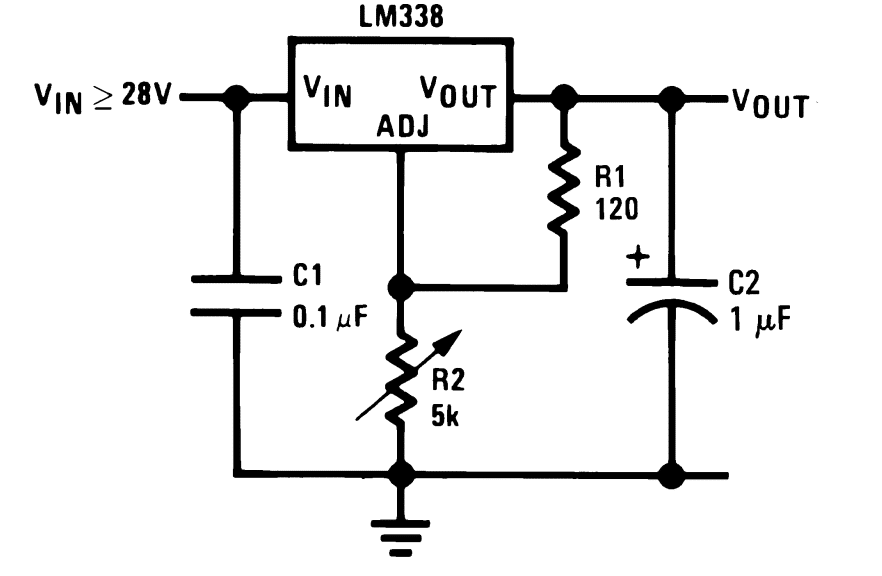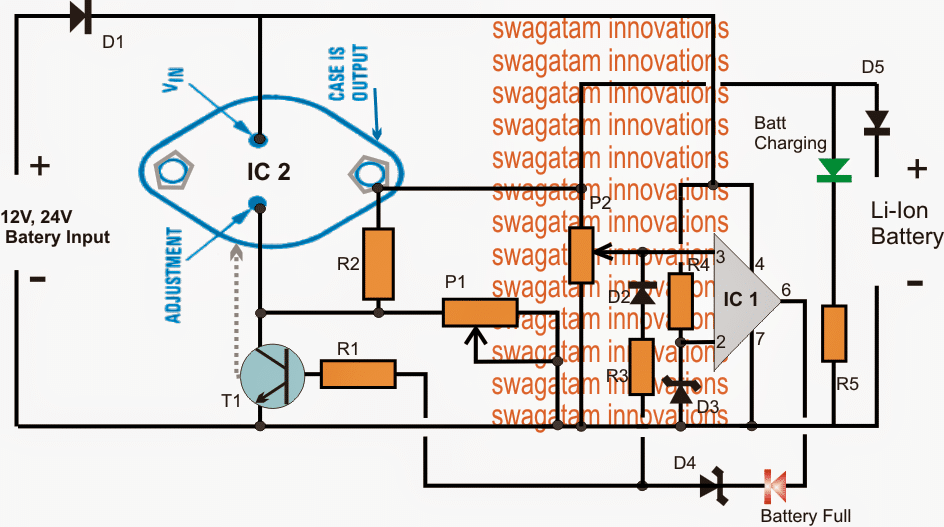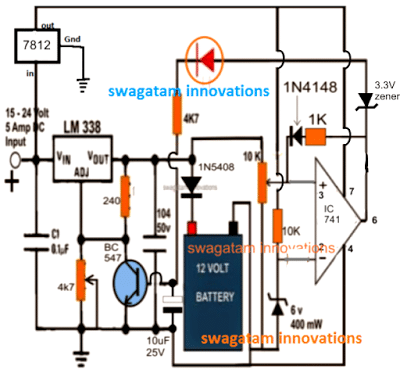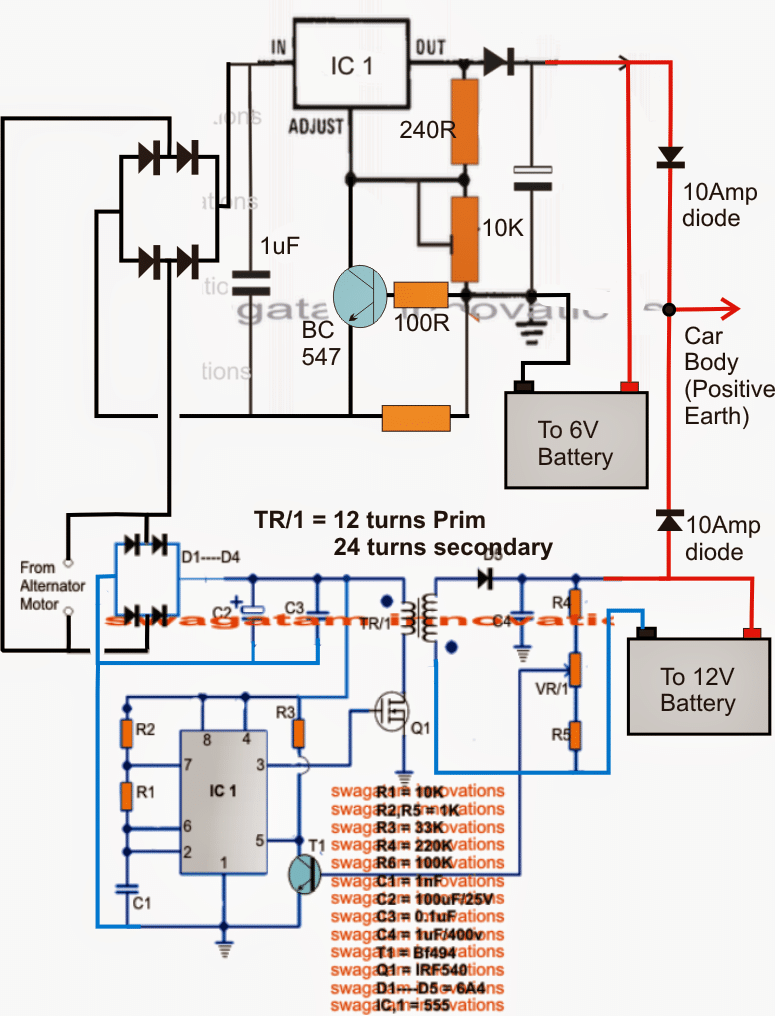I have designed and published a variety of battery charger circuits in this website, however the readers often get confused while selecting the right battery charger circuit for their individual […]
Search Results for: battery charger
PWM Solar Battery Charger Circuit
This simple, enhanced, 5V zero drop PWM solar battery charger circuit can be used in conjunction with any solar panel for charging cellphones or cell phone batteries in multiple numbers […]
High Current Li-Ion Battery Charger Circuit
The post explains a high current Li-Ion battery charger circuit which can be used for charging any high current, such as 2S3P, 3S2P battery packs. It can be also used […]
Self Optimizing Solar Battery Charger Circuit
The post discusses a simple IC 555 based self optimizing solar battery charger circuit with buck converter circuit that automatically sets and adjusts the charging voltage in response to the […]
Lithium Polymer (Lipo) Battery Charger Circuit
The post explains a simple lithium polymer (Lipo )battery with over charge cut off feature. The idea was requested by Mr. Arun Prashan. Charging a Single Lipo Cell with CC […]
Battery Charger for Positive Earth Cars
The post presents an 6v or 12v battery charger circuit for positive earth cars which could be used for upgrading 6V positive earth cars, facilitating an external 12V battery to […]





